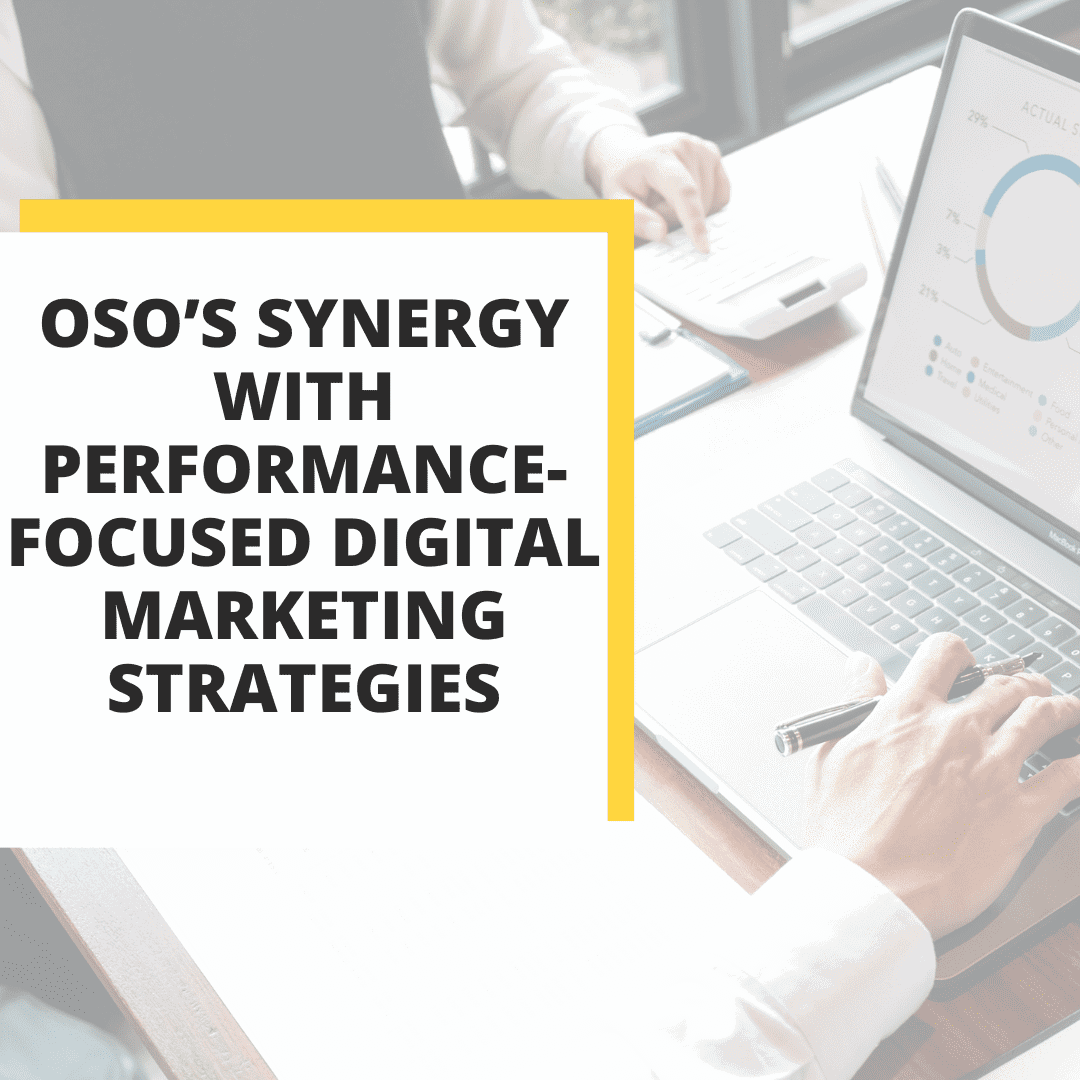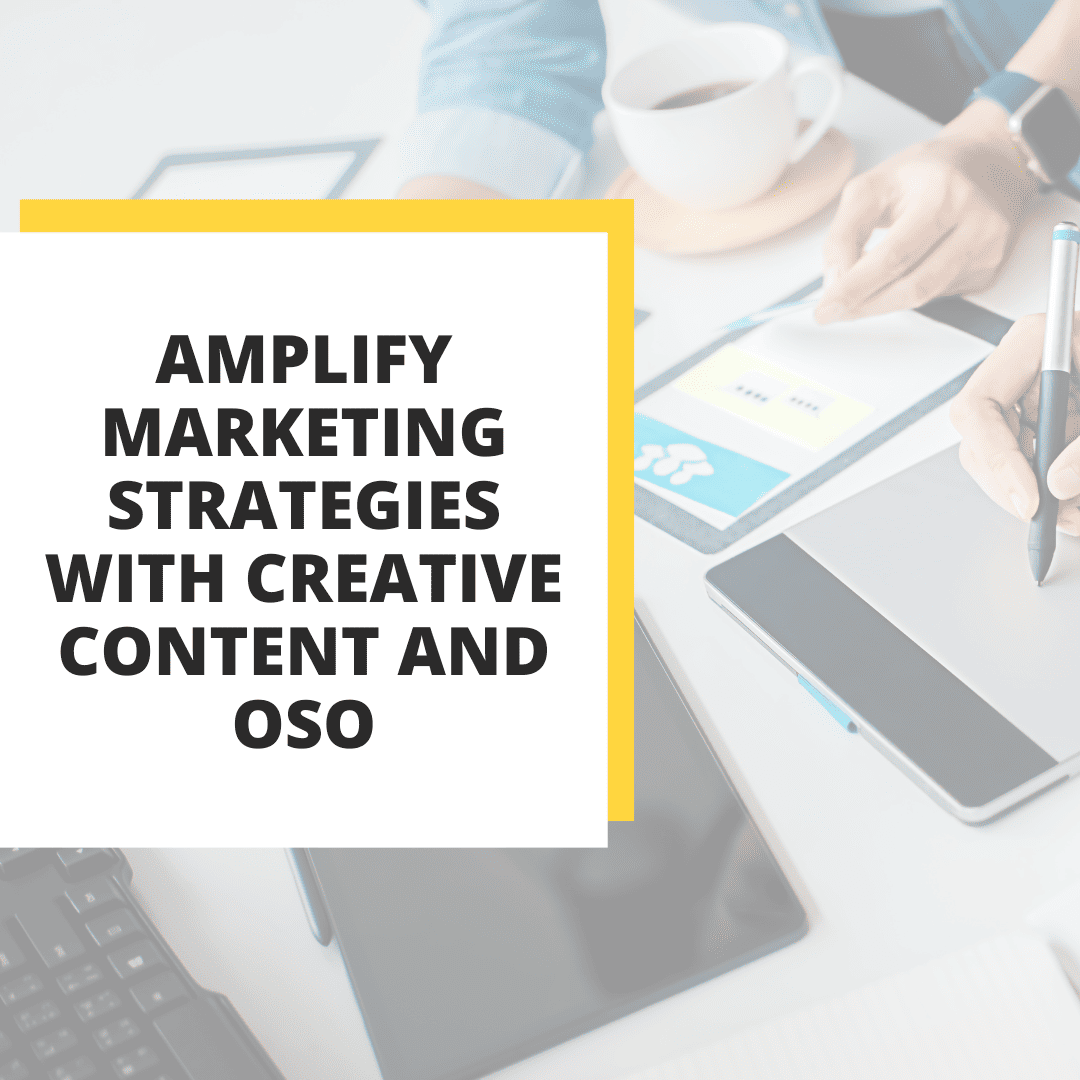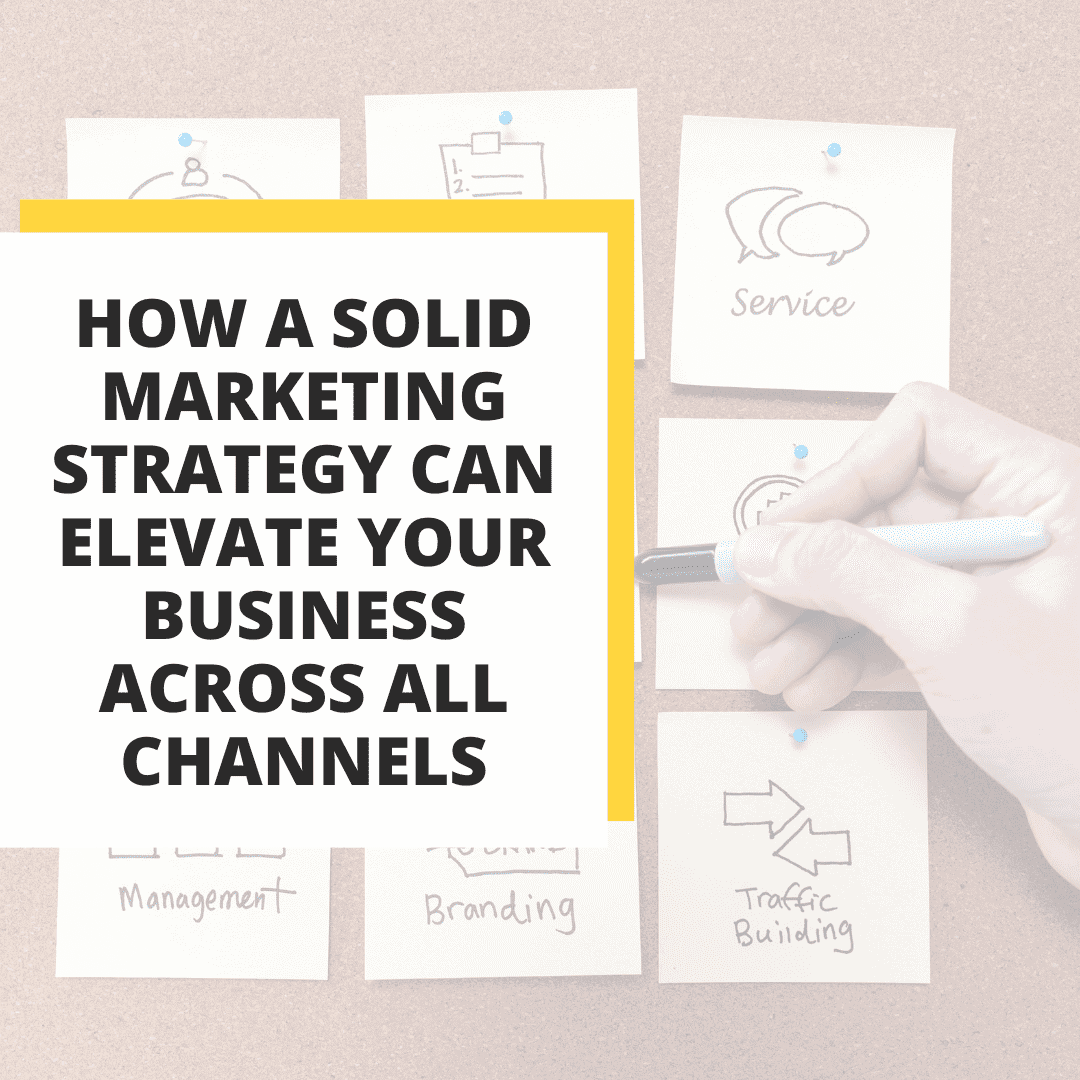A Quick Guide to On-Page SEO: How to Get Started

On-page SEO is a great starting point for any business looking to improve its search engine visibility. Optimizing your website’s title tags, meta descriptions, and content can make your site more visible to search engines and potential customers.
On-page SEO is optimizing a website for search engines to improve the site’s visibility and ranking in the search engine results pages (SERPs). On-page SEO consists of optimizing the content and structure of a website as well as the HTML code, which is the code that tells a search engine what a website is about.
With Google’s latest release – your In Front Marketing team agrees. Here is why:
Why Does Your Website Need an On-Page SEO?
On-page SEO aims to make a website more visible and easier to find by search engines. This is important as this drives your digital presence. By optimizing the content and structure of a website, a website can improve its visibility on search engine results pages (SERPs). The main goal is to be shown in relevant search queries.
How to Get Started with On-Page SEO
Here are a few tips to get started with on-page SEO:
Step 1. Do Your Research
Before you start making changes to your website, it’s essential to research and understand what on-page SEO is and how it works. There are a lot of different factors that contribute to on-page SEO, so you need to make sure that you’re familiar with all of them.
A few metrics that we use are:
Content Audit
Positioning
Competitors
Keyword Analysis
This can be done with a primary market analysis, either internally or by a marketing agency providing a comprehensive SEO audit. This will help establish a foundation of where you currently are, where you have been and goals for the company moving forward.
Step 2. Understand Your Audience
Understanding your audience and what they’re looking for is also important. What kind of information are they searching for? What are their needs and wants? By understanding your audience, you’ll be able to optimize your website for them better.
Evaluating your audience teaches you many things about how your customer confidence and journey are currently working. Some questions that it will help answer are:
What device is the most commonly used?
What are the highest ranking pages?
What are the key target personas?
How long are users staying on site?
Where are the factors that could be impeding conversions?
Step 3. Choose Your Keywords Wisely
Keywords are an integral part of on-page SEO. They’re the terms or phrases people search for when looking for information. When choosing keywords, it’s essential to choose ones that are relevant to your website and that are not too competitive.
During an SEO audit, our In Front Marketing SEO team works to establish a consistent strategy that incorporates keywords that work together. Creating a holistic marketing approach allows our clients to gain traffic and provide quality content with a purpose.
Step 4. Optimize Your Website’s Title and Meta Tags
Your website’s title and meta tags are some of the most important aspects of on-page SEO. The title tag is the text that appears on the search engine results pages (SERPs), and the meta tags are the short descriptions that appear beneath the title. Both of these should be optimized for your chosen keywords.
Don’t worry – we take care of this part for you. Our team of search engine specialists are quite skilled with ensuring that all Rich features of SEO are working together. These work behind the scenes, so it is easy to underestimate the value.
Step 5. Use Keyword-Rich Content
For your website to rank high for your chosen keywords, it’s essential to use those keywords throughout your website’s content. It includes your website’s title, meta tags, and body text. However, it would be best to be careful not to overuse keywords, as this can result in search engine penalties.
Keywords are used for intent purposes, as the purpose is informational, commercial, navigational and/or transactional. Creating an approach that builds customer confidence is key, as this provides value when creating your content.
Establishing a strategy will help you curate content that provides information which Forbes speaks to factors that businesses should consider.
Website Elements You Can Optimize
Several factors can be optimized on a website for on-page SEO. These include the title tag, meta tags, header tags, keyword density, and the website’s content.
The title tag is the text that appears on the search engine results pages (SERPs) as the website title. The title tag must be descriptive and include the target keyword for the website.
The meta tags are the HTML tags that provide information about a website to search engines. The meta tags include the meta description, a brief description of the website, and the meta keywords, which are the keywords associated with the website.
The header tags are the HTML tags used to structure a website’s content. The header tags include the h1 tag, h2 tag, h3 tag, and so on. The h1 tag is the most important header tag and should be used to structure the main content on the website.
The keyword density is defined as the number of times a keyword appears on a website divided by the total number of words. Ideally, the keyword density must be between 1% and 2%. That means using one or two keywords for every 100 words on the page.
OK, so if you are still with us, you most likely learned a lot of terminology that sounds like greek. That’s ok, as that is what we are here for – to get you to the top of search.
Conclusion
On-page SEO is a great starting point for any business looking to improve its search engine visibility. Optimizing your website’s title tags, meta descriptions, and content can make your site more visible to search engines and potential customers. So what are you waiting for?
Should you need marketing strategists in Calgary to start your on-page SEO tactics and bring them to life, we can help. Our team at In Front Marketing is dedicated to helping our clients achieve their advertising goals. We focus on providing clarity and confidence to our clients so they can be satisfied with the results we produce. Contact us today!



